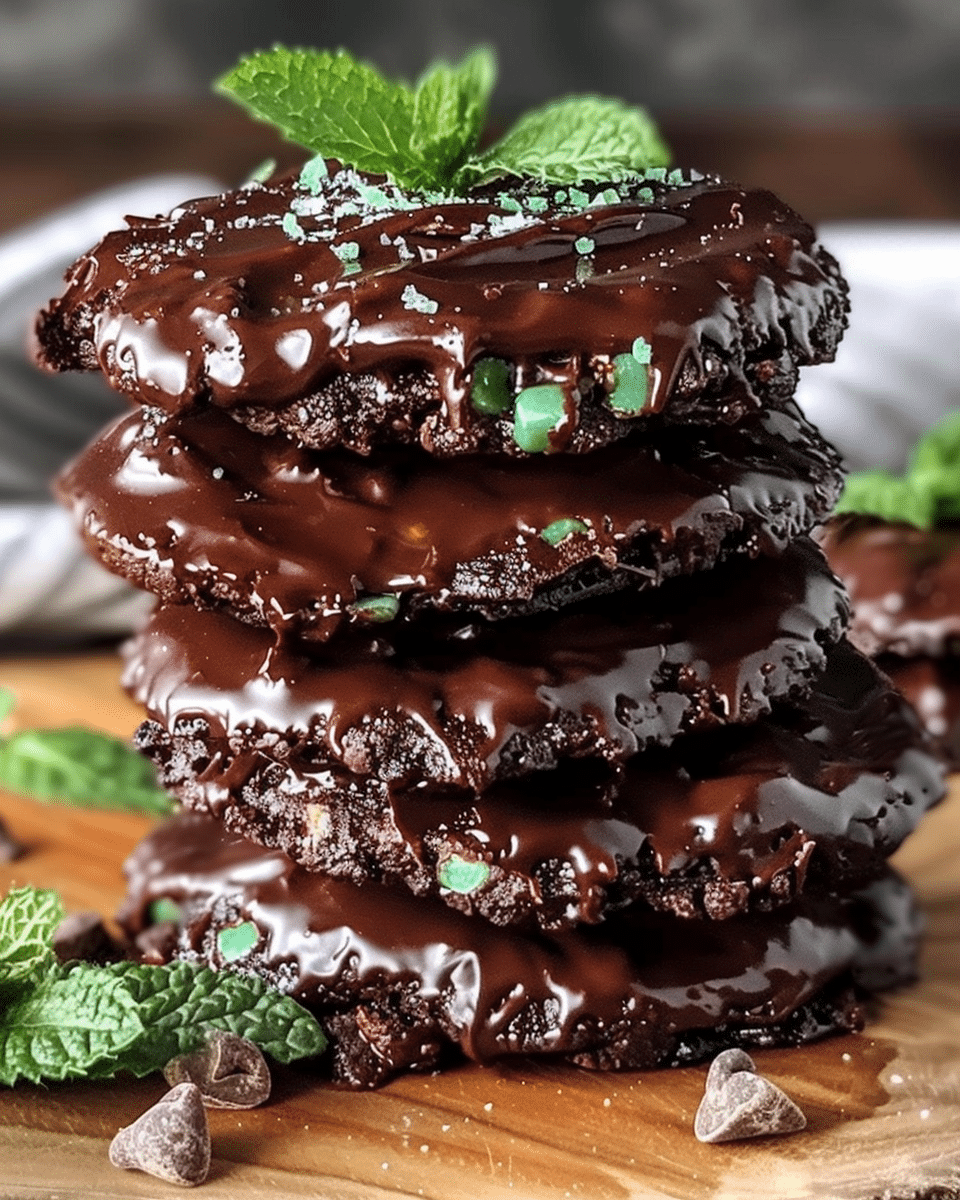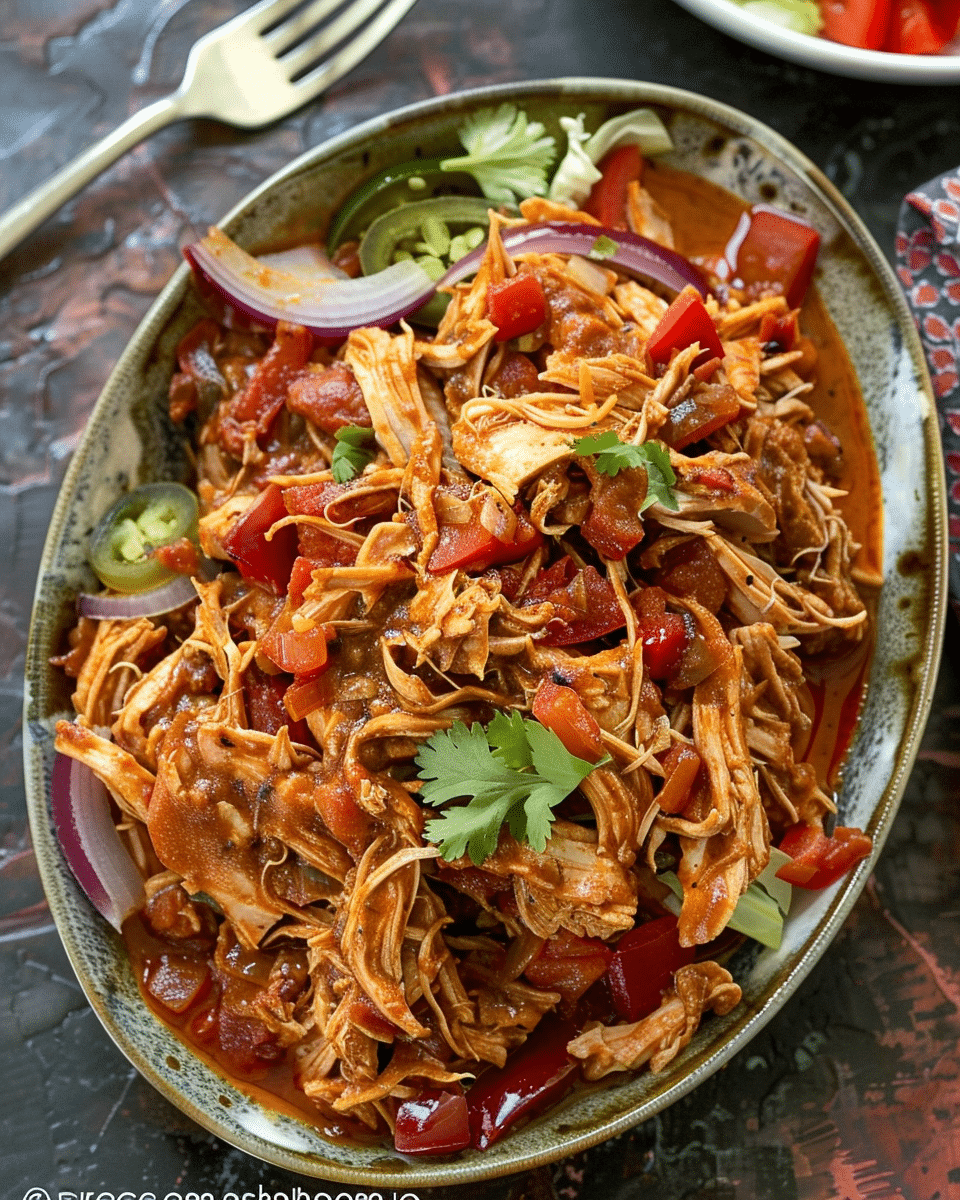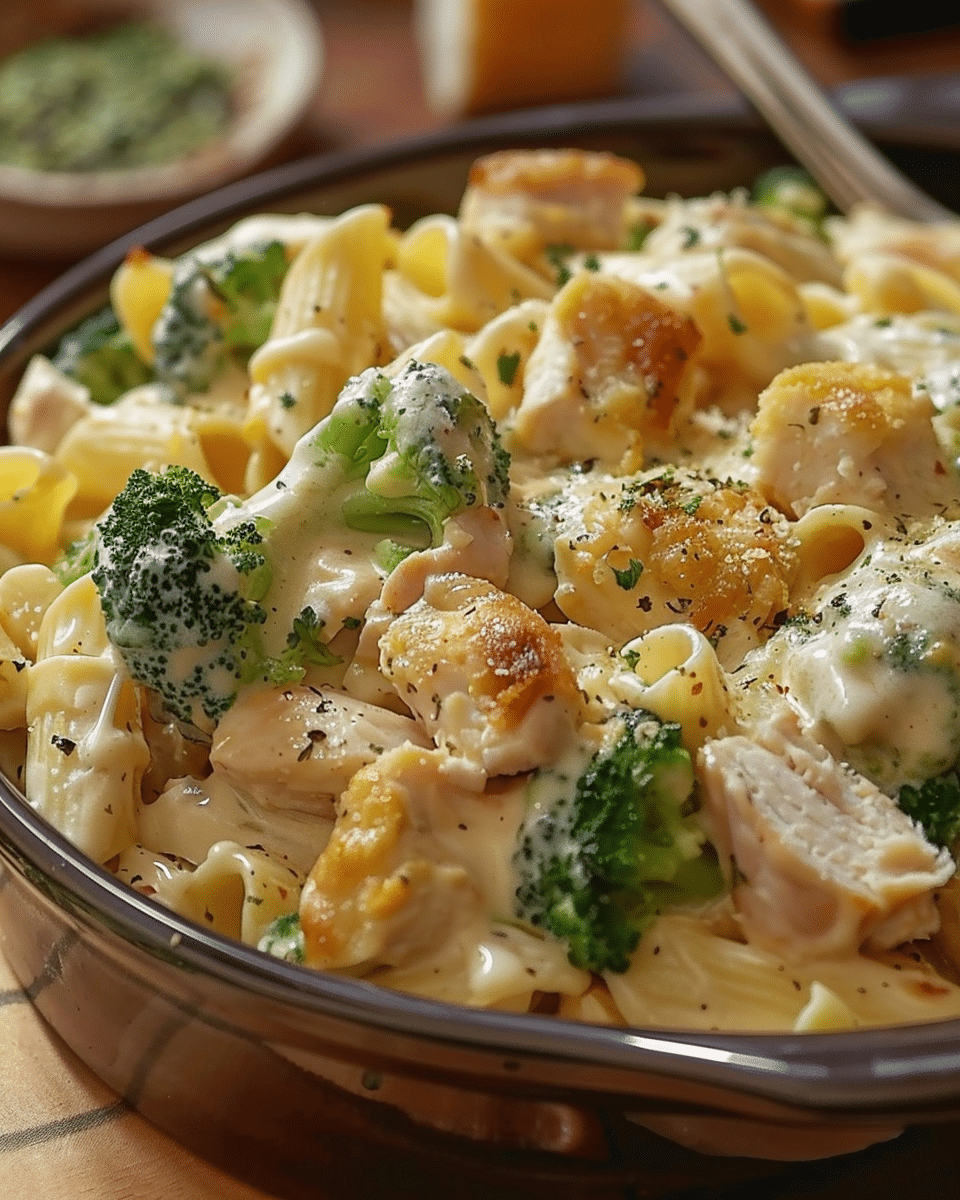Wonton soup, a classic dish in Chinese cuisine, has won the hearts of many with its delicate dumplings and flavorful broth. But what really takes this dish to the next level? In this comprehensive guide, we delve into the perfect pairings and accompaniments that will transform your wonton soup experience.
Wonton soup is versatile and pairs well with a variety of dishes. From crispy spring rolls to sautéed vegetables, there are endless possibilities to explore. In this section, we will uncover some of the most delightful pairings that complement the flavors and textures of wonton soup.
Appetizers to Start Your Meal
Embarking on a culinary journey with wonton soup as the star of the show, it’s essential to kick things off with the perfect appetizer. The right starter can enhance your dining experience, tantalizing your taste buds and setting the stage for the flavorful adventure ahead. Here’s a guide to selecting appetizers that will harmoniously complement your bowl of wonton soup.
Crispy and Crunchy: Spring Rolls and Dumplings
When it comes to finding the perfect companions for wonton soup, you can never go wrong with the classic combination of crispy spring rolls and dumplings. These delightful treats bring a wonderful contrast in texture and an extra layer of flavor to your meal.
Spring Rolls: A Symphony of Crunch and Flavor
Spring rolls are a quintessential appetizer in many Asian cuisines, known for their golden, crispy exterior and savory filling. Whether they are filled with vegetables, pork, shrimp, or a combination of these, spring rolls provide a satisfying crunch that perfectly complements the soft, delicate wontons in your soup. Serving them fresh out of the fryer with a side of sweet chili sauce or soy sauce for dipping creates a match made in culinary heaven.
Dumplings: A Delightful Variety
Dumplings, much like wontons, are versatile and come in many different varieties. From steamed to pan-fried, each type offers a unique texture and flavor profile. Steamed dumplings, with their soft and tender wrappers, provide a subtle contrast to the crispy spring rolls, while pan-fried dumplings add an additional layer of crunch and savoriness to your meal. Don’t forget to provide a side of dipping sauce made from soy sauce, vinegar, and a touch of sesame oil to enhance the flavors.
Refreshing Salads: A Light Option
Balancing out the richness of wonton soup, refreshing salads serve as a light and healthy option to include in your meal.
Green Salads: A Burst of Freshness
A simple green salad, tossed with a light vinaigrette, adds a crisp and refreshing element to your meal. Opt for a mix of leafy greens, cherry tomatoes, and cucumbers, and finish it off with a sprinkle of sesame seeds for an Asian twist.
Asian Slaw: A Tangy Delight
For something with a bit more zing, an Asian slaw made with shredded cabbage, carrots, and a tangy dressing can be a delightful addition to your meal. The crunchiness of the vegetables and the acidity of the dressing provide a nice balance to the savory wonton soup.
Sautéed Vegetables: A Nutritious Choice
Incorporating sautéed vegetables into your meal not only adds a nutritional boost but also enhances the overall dining experience with their savory goodness.
Stir-Fried Greens: A Simple Yet Flavorful Side
A simple stir-fry of bok choy, spinach, or Chinese broccoli, seasoned with garlic and a splash of soy sauce, offers a quick and easy way to add vegetables to your meal. The slight bitterness of the greens complements the savory broth of the wonton soup, creating a harmonious balance of flavors.
Mixed Vegetable Stir-Fry: A Colorful Addition
For a more varied option, a mixed vegetable stir-fry incorporating bell peppers, carrots, snap peas, and mushrooms can add a burst of color and an array of flavors to your meal. The key to a great stir-fry is to cook the vegetables quickly over high heat to retain their crunch and vibrant colors.
Rice and Noodles: Staple Sides
Rice and noodles are quintessential sides in Asian cuisine, providing a comforting and filling addition to your meal.
Steamed Rice: A Simple Classic
A bowl of steamed jasmine or basmati rice is a simple yet perfect side dish. Its mild flavor and fluffy texture make it an excellent vehicle for soaking up the delicious broth of your wonton soup.
Fried Rice: A Flavorful Option
For something more flavorful, opt for fried rice. You can keep it simple with egg fried rice or add a variety of vegetables and proteins to make it a more substantial side dish.
Noodles: Versatility in a Bowl
Noodles offer a versatile side dish option. From egg noodles to rice noodles, there are numerous types to choose from. Serve them stir-fried with a mix of vegetables or simply dressed in a light soy-based sauce.
Related:
Sauces and Condiments: Elevate Your Dish
The right sauce or condiment can take your meal from good to great, adding an extra layer of flavor and complexity.
Soy Sauce: A Staple Condiment
Soy sauce is a must-have condiment, adding saltiness and umami to your dishes. Use it sparingly, as a little goes a long way.
Chili Oil or Sauce: Add Some Heat
If you enjoy a bit of heat, a drizzle of chili oil or a dollop of chili sauce can add a spicy kick to your meal.
Hoisin Sauce: Sweet and Savory
Hoisin sauce offers a sweet and savory element that can enhance the flavors of your sautéed vegetables or noodles.
Sesame Oil: A Fragrant Finishing Touch
A few drops of sesame oil can add a fragrant finishing touch to your dishes, providing a nutty aroma and flavor.
Beverage Pairings: What to Drink
Selecting the right beverage to accompany your wonton soup and other dishes can enhance the overall dining experience, adding an extra layer of enjoyment to your meal.
Tea: A Traditional Choice
Tea is a classic beverage choice in Chinese cuisine, and it pairs wonderfully with wonton soup. Opt for a light green tea or jasmine tea; their subtle flavors won’t overpower the delicate taste of the wontons and can aid in digestion.
Non-Alcoholic Options
If you’re looking for a non-alcoholic option, a chilled glass of lemonade or iced tea can be refreshing and delightful. Alternatively, a sparkling water with a wedge of lemon or lime can add a touch of sophistication to your meal.
Desserts: Sweet Endings
Ending your meal on a sweet note is always a good idea, and there are plenty of delicious Asian desserts that can complement your wonton soup experience.
Mango Pudding: A Tropical Delight
Mango pudding is a popular Chinese dessert made with ripe mangoes, agar-agar or gelatin, and sugar. It’s light, refreshing, and the perfect way to end your meal on a sweet note.
Red Bean Soup: A Classic Choice
Made from adzuki beans, sugar, and sometimes orange peel or lotus seeds, red bean soup is a traditional Chinese dessert that offers a sweet, earthy flavor and can be enjoyed either hot or cold.
Sesame Balls: A Crunchy Treat
Sesame balls are deep-fried pastries coated with sesame seeds and filled with sweet red bean paste. They offer a delightful contrast of textures, with a crispy exterior and a soft, sweet interior.
Fresh Fruit: A Light Option
For a lighter dessert option, a plate of fresh fruit can be refreshing and satisfying. Opt for seasonal fruits such as lychees, dragon fruit, or persimmons for an authentic touch.
Cooking Tips and Tricks
Creating a delightful meal with wonton soup as the centerpiece requires a bit of culinary know-how. Here are some cooking tips and tricks to ensure that every element of your meal shines, from the appetizers to the main course and beyond.
Perfecting Your Wonton Soup
- Fresh Ingredients: Use fresh ingredients for your wontons, especially when it comes to the filling. Fresh vegetables and proteins will give your wontons a superior flavor.
- Seasoning: Make sure to season your wonton filling well. A combination of soy sauce, sesame oil, and a touch of salt can enhance the natural flavors of your ingredients.
- Consistent Size: When forming your wontons, try to keep them all the same size to ensure even cooking.
- Simmer Gently: When cooking your wontons, simmer them gently in the broth to prevent them from breaking apart.
Achieving Crispy Spring Rolls
- Drain the Filling: If you’re making spring rolls, ensure that your filling is well-drained of any excess moisture to prevent sogginess.
- Secure the Wraps: Make sure to seal your spring rolls tightly to prevent them from falling apart during frying.
- Hot Oil: Ensure that your oil is hot enough before frying to achieve a crispy exterior. You can test the oil by dropping in a small piece of wrapper; if it sizzles and rises to the surface, your oil is ready.
Sautéing Vegetables to Perfection
- High Heat: Use high heat when sautéing vegetables to retain their color and crunch.
- Don’t Overcrowd the Pan: Give your vegetables enough space in the pan to ensure they cook evenly.
- Season at the End: Season your vegetables at the end of cooking to prevent them from becoming soggy.
Balancing Flavors in Sauces and Condiments
- Taste as You Go: When preparing sauces and condiments, taste as you go to ensure a balance of flavors.
- Adjusting Acidity: If your sauce is too salty, add a splash of vinegar or lemon juice to balance it out.
- Creating a Smooth Sauce: If you’re making a sauce with garlic or ginger, consider straining it before serving for a smoother texture.
Pairing Beverages
- Complement, Don’t Overpower: Choose beverages that complement the flavors of your meal without overpowering them.
- Chill Your Drinks: Ensure that your non-alcoholic beverages are well-chilled before serving.
Serving Desserts
- Portion Control: After a hearty meal, opt for smaller portions of dessert to satisfy your sweet tooth without overindulging.
- Garnish for Extra Flair: Add a sprig of mint or a sprinkle of powdered sugar to your desserts for an extra touch of elegance.
By following these cooking tips and tricks, you’ll be well on your way to creating a delicious and harmonious meal that celebrates the flavors and textures of each dish. Enjoy the process of cooking and the pleasure of sharing a wonderful meal with friends or family
Cultural Insights: Understanding the Traditions
Delving into the culinary world of wonton soup and its accompaniments provides a fascinating glimpse into the rich tapestry of Asian culture and traditions. Understanding the cultural significance and traditional practices associated with this beloved dish can enhance your appreciation and enjoyment of the meal.
The History and Origin of Wonton Soup
Wonton soup has a storied history, with its origins dating back to the Han Dynasty in China. The word “wonton” translates to “swallowing clouds,” which is a poetic reference to the appearance of the dumplings floating in the broth. Traditionally, people have considered wontons a symbol of prosperity and good fortune, leading to their popularity at festive occasions and celebrations.
The Art of Dumpling Making
The preparation of wontons is often a communal activity, bringing families and friends together. It is not uncommon for multiple generations to gather in the kitchen, each person taking on a specific role in the dumpling-making process. This tradition serves as a way to pass down family recipes and cooking techniques, as well as a time for bonding and storytelling.
Regional Variations and Flavors
Wonton soup varies significantly across different regions of China, with each area putting its unique spin on the dish. In some regions, the broth is clear and light, while in others, it may be rich and hearty. The fillings and size of the wontons can also vary, ranging from simple pork and shrimp fillings to more elaborate combinations of ingredients.
Accompanying Dishes and Their Significance
The dishes that accompany wonton soup are often chosen with care, ensuring a balance of flavors and textures. Crispy spring rolls, for example, provide a textural contrast to the soft wontons, while sautéed vegetables add a nutritional balance to the meal. Each dish plays a role in creating a harmonious dining experience.
Beverage and Dessert Customs
In traditional Chinese dining, tea is commonly served alongside meals, aiding in digestion and enhancing the flavors of the dishes. Desserts, while not always a central part of the meal, are typically light and not overly sweet, providing a gentle end to the dining experience.
Celebratory and Everyday Enjoyment
While wonton soup and its accompaniments are often associated with celebrations and special occasions, they are also enjoyed as everyday comfort food. The dish represents a connection to cultural heritage and tradition, while also serving as a source of warmth and comfort.
What to Avoid: Common Mistakes
When preparing and enjoying a meal centered around wonton soup, it’s important to be mindful of common mistakes that could detract from the dining experience. Here are some pitfalls to avoid to ensure your meal is as delightful as possible.
Overfilling Wontons
One of the most common mistakes when making wontons is overfilling them. This can lead to the wontons breaking apart during cooking, resulting in a less than perfect presentation and texture. To avoid this, use a small amount of filling and ensure the wontons are sealed tightly.
Not Balancing Flavors
Asian cuisine is all about balance, and this is especially true for a meal with wonton soup. Ensure that your appetizers, sides, and main course offer a variety of flavors and textures. Avoid dishes that are too similar in taste or texture to the wonton soup, as this can make the meal feel monotonous.
Overcooking the Wontons
Wontons should be cooked gently to preserve their delicate texture. Overcooking can result in mushy wontons, which can significantly impact the overall quality of the soup. Keep a close eye on the cooking time and remove the wontons as soon as they are cooked through.
Neglecting the Broth
The broth is a crucial component of wonton soup, and it should be given just as much attention as the wontons themselves. Avoid using store-bought broth without enhancing it; instead, take the time to simmer the broth with aromatics like ginger, garlic, and green onions to develop a rich flavor.
Ignoring Dietary Restrictions
If you’re serving the meal to guests, be sure to inquire about any dietary restrictions or preferences. Wonton soup and its accompaniments can contain common allergens like soy, gluten, and shellfish. Providing alternative options or clearly labeling dishes can ensure everyone enjoys the meal safely.
Overcomplicating the Meal
While it can be tempting to prepare an extensive array of dishes to accompany the wonton soup, simplicity is often key. Focus on a few well-prepared dishes rather than an overwhelming spread. This not only makes the cooking process more manageable but also allows each dish to shine.
Forgetting the Beverage Pairings
The right beverage can enhance the flavors of your meal, so don’t overlook this aspect. Whether you opt for tea, or a non-alcoholic option, ensure that your beverage complements the flavors of your dishes.
Rushing the Cooking Process
Good food takes time, and this is especially true for dishes like wonton soup. Avoid rushing the cooking process; take the time to properly prepare and cook each component of the meal. The final taste and presentation of your dishes will reflect your attention to detail.
By avoiding these common mistakes, you set the stage for a successful and enjoyable meal. Take the time to prepare each dish with care, balance the flavors and textures, and savor the experience of sharing a delicious meal with friends or family.
FAQs
What do you eat wontons with?
Wontons are incredibly versatile and can be paired with a variety of dishes to create a balanced and satisfying meal. Common accompaniments include sautéed or stir-fried vegetables, spring rolls, dumplings, and rice or noodles. These sides complement the flavors and textures of the wontons, enhancing the overall dining experience. Additionally, you can enjoy wontons in a flavorful broth as wonton soup, which is a classic and beloved way to savor this delicious dish.
How are you supposed to eat wonton soup?
Wonton soup is traditionally enjoyed with a spoon and chopsticks. Use the chopsticks to pick up the wontons and any other ingredients in the soup, while the spoon is used to sip the broth. It’s perfectly acceptable to bring the spoon close to your mouth to drink the broth, and you can also use the chopsticks to guide the wontons onto the spoon if needed. Enjoying wonton soup is a comforting and delightful experience, so take your time to savor each bite and the rich flavors of the broth.
What to do with leftover wonton soup?
Leftover wonton soup can be stored in an airtight container in the refrigerator for up to 2 days. When reheating, ensure that the soup is brought to a boil to maintain its flavor and safety. If you have leftover wontons but no broth, you can also repurpose them by pan-frying for a crispy texture or incorporating them into a stir-fry with vegetables for a new and tasty dish.
Is wonton soup good after 3 days?
It is generally not recommended to consume wonton soup after 3 days, even if it has been stored in the refrigerator. The quality of the soup, including the flavor and texture of the wontons, may deteriorate over time. For food safety and the best dining experience, it’s advisable to consume leftover wonton soup within 1-2 days of preparation. Always check for any signs of spoilage, such as off smells or changes in appearance, and when in doubt, it’s safer to discard the leftovers.
Conclusion
In essence, a meal featuring wonton soup is more than just a feast for the palate; it’s a journey through flavors, textures, and cultural history. By following these guidelines and tips, you are well on your way to creating a memorable and delicious meal that pays homage to the rich traditions of Asian cuisine while delighting the taste buds. Enjoy the process, savor each bite, and cherish the moments shared over a bowl of comforting wonton soup.
Print
Vegetable Stir Fry To Pair Wonton Soup
- Total Time: 25 minutes
Ingredients
2 tablespoons olive oil ????
One red bell pepper, sliced ????
A single yellow bell pepper, sliced ????
A piece of carrot, julienned ????
1 zucchini, sliced ????
1/2 head of broccoli, cut into florets ????
1 cup snap peas ????
1/2 cup baby corn ????
2 cloves garlic, minced ????
1 tablespoon fresh ginger, grated ????
1/4 cup soy sauce ????
2 tablespoons oyster sauce ????
1 tablespoon rice vinegar ????
A tablespoon cornstarch mixed with 2 tablespoons water ????
1 teaspoon sesame oil ????️
Sesame seeds and chopped green onions for garnish (optional) ????
Instructions
- Heat the olive oil in a large wok or skillet over medium-high heat. Add the red and yellow bell peppers, carrot, zucchini, broccoli, snap peas, and baby corn. Stir-fry for 5-7 minutes until the vegetables are tender-crisp.
- Add the minced garlic and grated ginger, stir-fry for an additional 30 seconds until fragrant.
- In a small bowl, whisk together the soy sauce, oyster sauce, rice vinegar, and cornstarch mixture. Pour over the vegetables in the wok or skillet.
- Stir continuously for 2-3 minutes until the sauce has thickened and the vegetables are well coated.
- Drizzle with sesame oil and toss to combine.
- Serve the vegetable stir fry hot, garnished with sesame seeds and chopped green onions if desired. Enjoy your plate full of colors and flavors!
- Prep Time: 15 minutes
- Cook Time: 10 minutes
Nutrition
- Serving Size: 4 servings
- Calories: 150 kcal (per serving)








